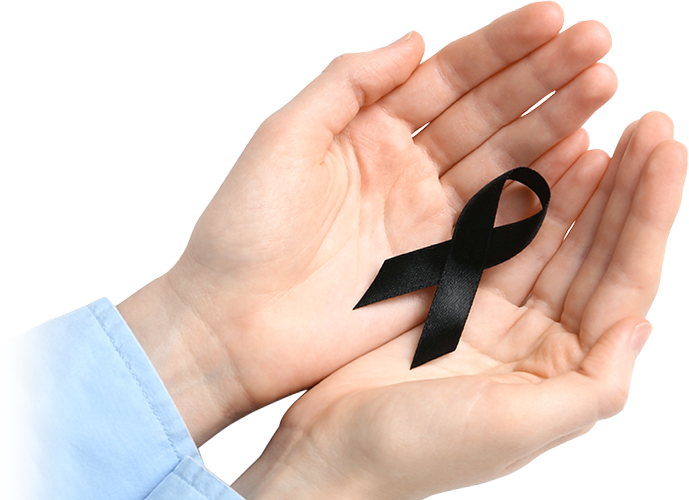
Melanoma
- Awareness & Proper Guideline
- Removable by Surgery*
- Consultation by qualified staff
- Expert Team of
professionals - Over 1 million
Treatments delivered - Award winning
Clinics Across the UK - Rated 92%
on Trustpilot - 9 Clinics
Across the UK
Expert Team of
professionals
Rated 92%
on Trustpilot
9 Clinics
Across the UK
Award winning
Clinics Across the UK
Over 1 million Treatments
delivered
What is Melanoma?
Melanoma is the most dangerous type of skin cancer. It can occur on any part of the body but is most common on the legs, trunk, and arms. Melanoma can spread to other parts of the body, making it potentially life-threatening.
How To Identify Unusual Moles?

Asymmetry
one half of a mole is not like the other half
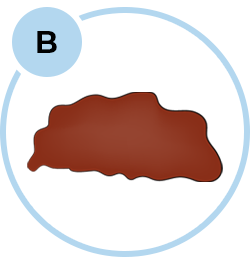
Border
the edges of a mole are irregular, uneven or blurred
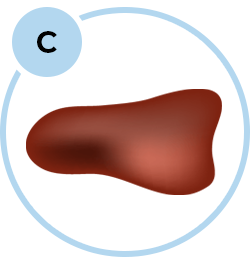
Colour
more than one colour
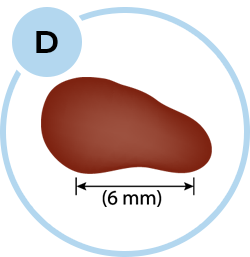
Diameter
melanomas are usually larger than 6 millimetres (about 1/4 inch) in diameter

Evolution
moles change in size, shape, colour, crusting, itching

Asymmetry
one half of a mole is not like the other half

Border
the edges of a mole are irregular, uneven or blurred

Colour
more than one colour

Diameter
melanomas are usually larger than 6 millimetres (about 1/4 inch) in diameter

Evolution
moles change in size, shape, colour, crusting, itching
Who Is At Risk?
Here is a list of some people who can be at risk:

- Family history
Anyone with a family history of melanoma, red hair, blond or light coloured eyes, and a large number of moles should be incredibly diligent about watching for melanoma. - Excessive sun exposure
UV radiation, which comes from the sun and tanning lamps and beds, can raise the risk of skin cancer, including melanoma. - Several moles
Having more than 50 common moles on your body raises the risk of melanoma. Furthermore, having a rare type of mole increases the chance of developing melanoma. These are known as dysplastic Nevi in medical terms, and they tend to be bigger than typical moles with wild patterns and hues. - Congenital melanocytic nevi
these are moles that are present at birth. People with very large congenital melanocytic nevi have a higher risk for melanoma than those with a smaller one. - Weakened immune system
people with weakened immune systems, including those who have had an organ transplant or are taking medications that suppress the immune system, are also at a higher risk for melanoma.
What To Do If You Notice Changes?
People who have the most significant risk may wish to see a dermatologist regularly to check any new or changing moles. People at normal risk should use their best judgement and schedule an appointment with a dermatologist if they notice any unusual changes in moles (especially those associated with ABCDE’s.)
If melanoma is detected early enough, it can be entirely removed by surgery. Although melanoma is the most dangerous skin cancer, regular self-examinations coupled with yearly visits to your dermatologist can help ensure early detection and improve the prognosis.
Remember, melanoma is not just a disease for sun worshippers – it can occur in anyone, regardless of skin type. So be diligent in checking your skin for any changes, and don’t wait until you have a suspicious mole to visit the doctor. Early detection is critical!
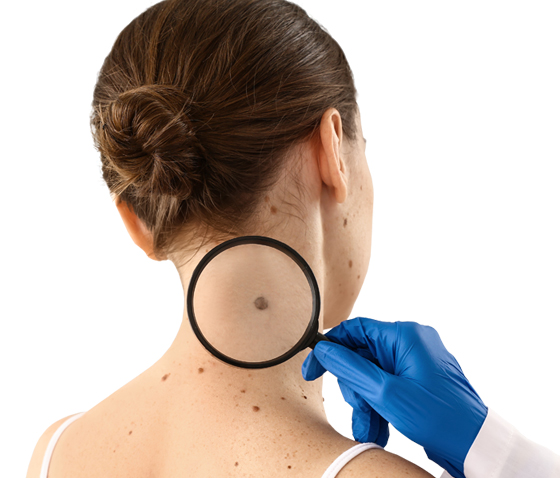
Prevention
There are a few things that everyone can do to help reduce their risk of melanoma:

Avoid excessive sun exposure, especially during the midday hours when the sun’s rays are strongest.

Wear sunscreen with an SPF of 30 or higher every day, even on cloudy days.

Cover up with clothing, hats, and sunglasses when outdoors.

Check your skin regularly for any changes, including new moles or changes in old moles.

See a dermatologist once a year for a full-body exam.
ARRANGE A CONSULTATION
ONE OF OUR ADVISERS WILL CALL YOU BACK SHORTLY TO ARRANGE YOUR CONSULTATION.




